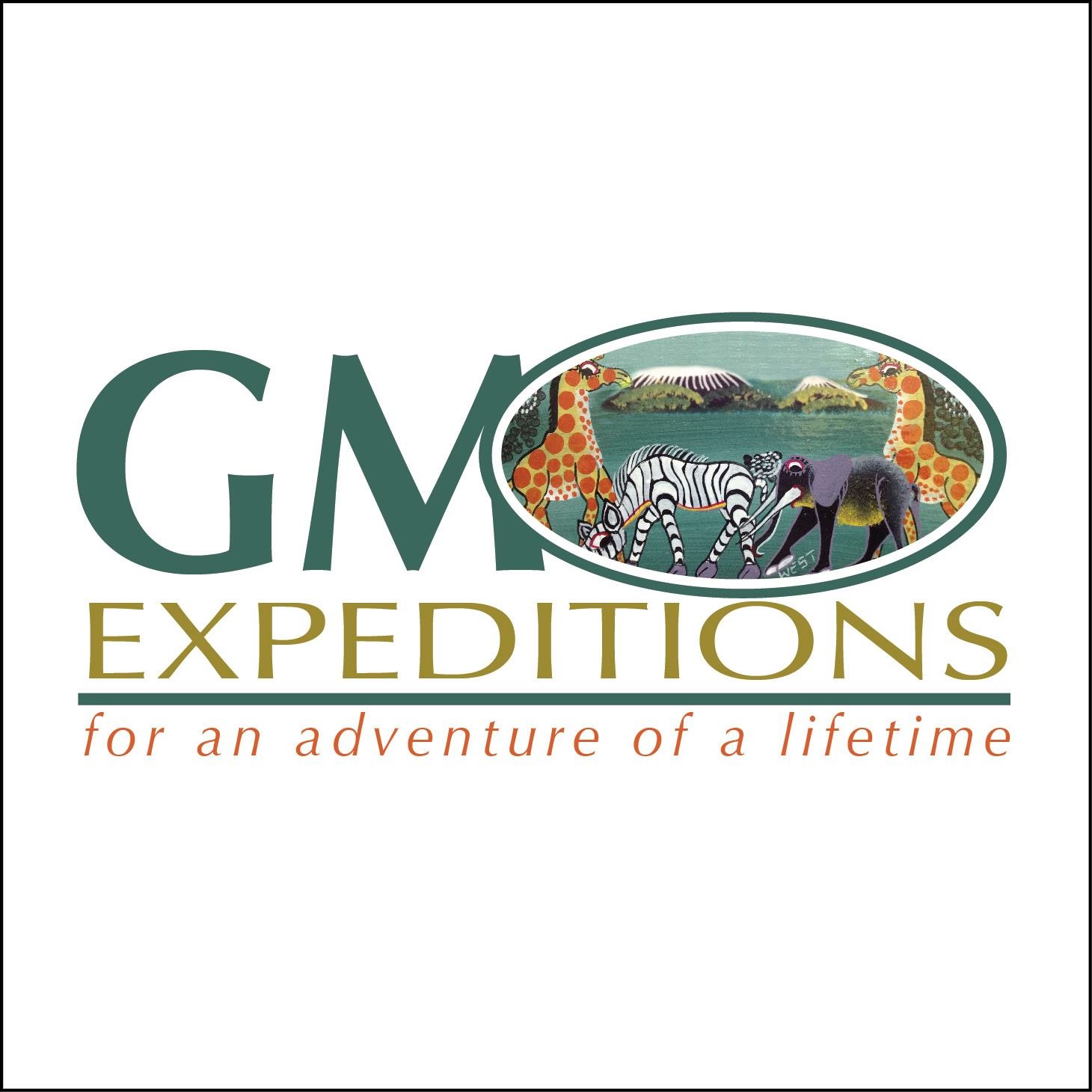MOUNT Kilimanjaro FAQS
Which Kilimanjaro route should I climb?
There are seven park gates and nine routes, yet only three routes to the top from 15,000′ upward. About 4 out of 5 of trekkers climb the highly traveled Marangu Route which is also know as the “Coca Cola” route due to the fact that it “goes down easy, just like the drink”. This is the route made popular by the recent IMAX film.kilimanjaro faqs Most of the rest of the climbers either climb the Machame Route, Rongai, or the rugged Umbwe Route. If you have more time the Shira and Lemosho routes enjoy the highest success rate. We recommend the Machame route which is know as the “whiskey route” due to the fact that it is a little harder to “swallow”. This route allows for proper acclimatization by hiking to higher elevations during the day and then returning to lower elevations to sleep. It also has some of the best scenery. Since you start on the western side of the mountain and then traverse around the southern side and eventually make your way to the summit on the eastern side you get a chance to see more of the mountain. We also recommend the Lemosho and Rongai Routes. These are considered among the easier routes up the mountain and the Rongai route connects up with the Marangu route on the third day.
What Is your success rate for summiting Kilimanjaro?
The success rates with our guides are outstanding compaired to the overall success rates for all climbers who attempt to reach the top. Our guides have a success rate of reaching Uhuru Peak of over 90% overall and over 95% on our 9-day Shira – Western Approach Route. The more time you spend on the mountain, the higher the success rate and we favour the longer routes.kilimanjaro faqs While we cannot guarantee that you will succeed, we can guarantee that we will give our absolute best effort in helping you succeed.
How fit do I need to be?
Though many deem Kilimanjaro “easily accessible”, it is one of the most underestimated mountains in the world. The trails themselves do not require technical mountaineering skill, yet the effects of altitude consistenly turn back many trekkers from Kibo’s upper slopes. Altitude sickness is an ambiguous phenomenon, and it is nearly impossible to predict how and when it will affect you. You don’t need to be an athlete to climb this mountain, but you certainly need determination and mental willpower. It will most likely be one of the most physically and mentally difficult thinks you will do in your lifetime. You’ll also need to commit yourself to a physical training regimen. We recommend a varied physical routine to include strength training, aerobic cross training, and hiking (not necessarily at high altitude), simply to prepare your body for the stress of being on the trail. Generally, the better overall shape you are in the easier it will be for you to handle the trek. Although we have seen time and time again where the “little old lady” reaches the summit while the mega-athlete is turned back. There are many other factors that will either aid or weaken you, and this is where our experience plays a huge role. From our detailed recommended training program to our expert mountain guides, we have taken every measure to ensure that you have the best possible chance of safely reaching the summit of Kilimanjaro.
How many miles will I trek each day?
Most Tanzanians measure distances by the amount of time it takes to get from point A to point B.kilimanjaro trekking faqs Furthermore, each climber takes a different pace. When we provide the details for each route, we have given a time estimation for the day’s hike. You may go slower or you may go faster, but you will find that you have plenty of time to complete each day’s hike. Summit day is by far the most grueling and you will cover almost 19 miles and you will be on your feet for at least 16 hours or more!
How fast will we be hiking?
You need not worry, as this is a common concern. From the onset our guides will constantly remind you, “pole pole” which means “slowly slowly.” By walking slowly and taking your time, you’ll not only give your body a better chance to acclimatize to the altitude, but you will have more time to enjoy the marvelous scenery you’ll pass along the way. When you first leave the starting gate your guide will set a pace that may seem painfully slow but like the story of the Tortoise and the Hare, slow and steady wins the race. Plenty of time is allotted each day to reach camp, even for those who like to go very slowly.
What if I can’t make it to the top?
Some climbers may fall short of Uhuru Peak, but not at the expense of their overall experience. Just because you may not make the summit all is not lost. There are many wonders on Kilimanjaro, and the experience is rewarding even for those who never reach the top. If one or more members of a group decide they cannot continue, or if a guide deems it unsafe for an individual (or a group) to continue, they will be escorted down to the most convenient campsite or hut. Our guides intimately know the network of shortcuts to escort climbers to safety, and they are trained to act quickly and calmly.
How qualified are GM Expedition guides?
Our guides are all certified and carry a valid certificate allowing them to guide on Kilimanjaro. They are also certificated with Wilderness First Responder (WFR) training. Their English is excellent, and their knowledge of the flora and fauna is remarkable. You can be confident that you will be led by a team of qualified, well trained guides who are highly recommended (see Testimonials).
What will the accommodations be like?
Most GM Expeditions treks are on the routes that do not have sleeping huts. Therefore, GM Expeditions provides Mountain Hardwear tents. These “3-man” tents are provided for every one – two people, depending on the composition of the group. We also provide sleeping pads, but many people prefer to bring an additional sleeping pad of their own for added comfort. On your hike, the porters will carry the tents, and all your gear and go ahead of you. When you reach your camp in the afternoon your tent will be set up and ready for you. On most routes, enclosed pit latrines are available at each camp site and some campsites have newly constructed ablution blocks. The new facilities are generally okay, but to be very honest, some of the older toilet facilities are found to be very “disgusting” by most people. They are essentially a wooden structure with a hole cut in the floor. Not everyone “hits the hole” resulting in less than sanitary conditions, so GM Expeditions provides a chemical “sit-down” toilet in a small private tent for our own campsite. The porters will bring this along to each new campsite, as well. Showers are not available on the mountain, but a bowl of hot water is provided for each person every morning and when you arrive in camp each afternoon. Before every meal we provide soap and hot water, for washing your hands. You’ll enjoy each breakfast and dinner (and lunches during bad weather) in a dining tent, complete with chairs and a table.
What about tipping?
Tipping is a common practice on Kilimanjaro, as a way of expressing your appreciation for the services provided to help you make a successful climb, however, it is completely at your discretion. Because a lot of clients do ask for guidance on tipping, we have put together the attached set of tipping recommendations.
Do you have any other travel tips?
There are lots of tips we can provide to you, but one common problem is that people traveling with US dollars don’t realize that is Tanzania you can only use bills that are dated 2006 or later. Please don’t bother bringing any USD dated earlier than 2006.

